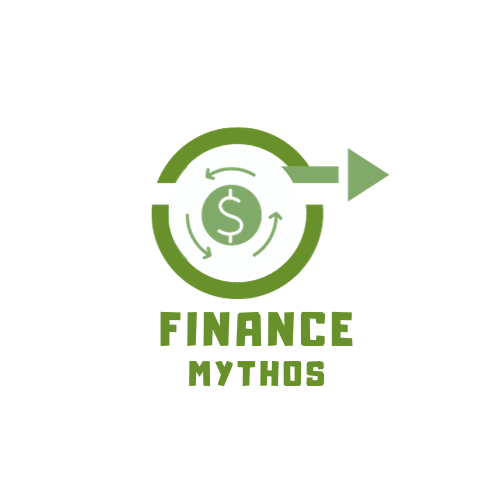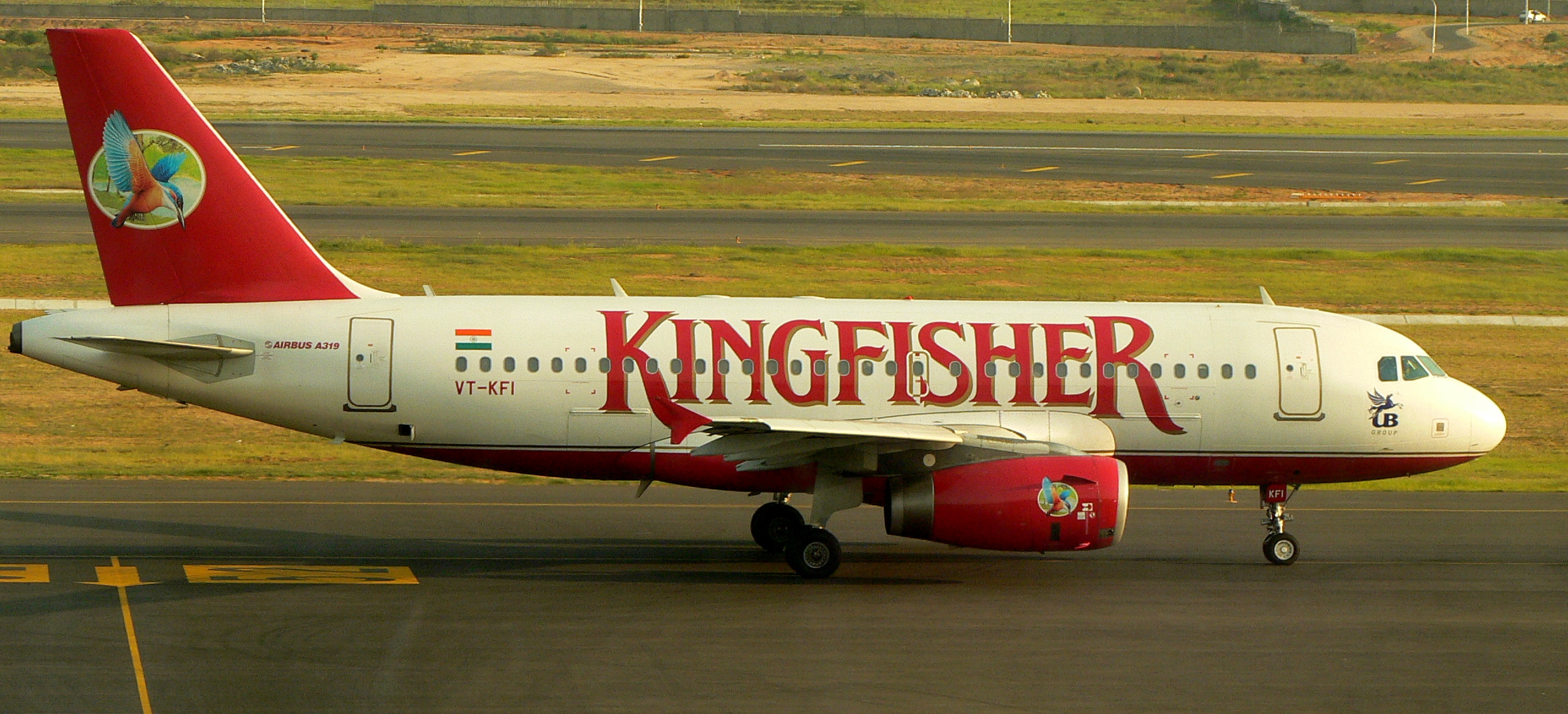Table of Contents
ToggleThe Double-Edged Sword of Business Loans
In the world of business, loans can be a catalyst for growth – or the reason for collapse. No story illustrates this better than the Kingfisher Airlines loan crisis, where ambitions soared high but turbulence in financial planning brought everything crashing down. Vijay Mallya’s rise and fall have become a case study in how access to credit can go wrong when debt outpaces accountability and oversight.
Kingfisher’s Borrowing: A Mountain of Debt
Between 2005 and 2012, Kingfisher Airlines borrowed over ₹9,000 crore from a consortium of 17 Indian banks, including State Bank of India and IDBI Bank. Mallya, in the podcast with Raj Shamani, claims he never personally borrowed money:
“I never borrowed one paisa. Kingfisher Airlines did. I only gave a personal guarantee.”
Yet, the airline’s business model—heavy on luxury, light on margins—struggled under rising ATF prices, operational costs, and mounting interest burdens. Mallya insists he injected ₹3,000 crore of his own capital into the airline, calling allegations of “siphoning funds” media-driven and politically motivated.
Bank Responsibilities: Due Diligence or Political Push?
The banks, according to Mallya, conducted “proper appraisals” and even accepted Kingfisher’s brand name and shares as collateral – an unusual move. He points to political support:
“I had the finance minister’s backing. That’s why banks moved ahead.”
Critics argue that public sector banks overlooked poor financials and brand overvaluation under political pressure – an act of regulatory negligence at the cost of taxpayers.
Debt Management: A Playbook Gone Wrong
While personal guarantees were offered and settlement offers made (Mallya claims four between 2012 and 2015), banks rejected them, perhaps betting they’d recover more via asset liquidation – which they eventually did, claiming over ₹14,100 crore recovered.
“They didn’t want ₹5,000 crore. They wanted ₹14,000 crore and waited.”
This showcases a debt spiral where timely restructuring or settlement could have salvaged some goodwill, if not the airline itself.
Regulatory Oversight: Wake-Up Call for Indian Lending
The Kingfisher loan debacle triggered intense public and regulatory scrutiny, leading to:
Tighter norms for large-value loans
Creation of National Asset Reconstruction Companies (NARCL)
Mandated personal guarantees from promoters
It became a poster child for the “willful defaulter” tag, reinforcing the perception that business failure equates to fraud in India.
What Startups and Lenders Must Learn
The Kingfisher case underscores these takeaways:
Ambition must be backed by sustainable unit economics.
Banks must avoid political influence in credit decisions.
Entrepreneurs must maintain transparency and prepare for worst-case scenarios.
Regulators need to foster a culture where business failure ≠ fraud, especially if recovery is possible.
Mallya may be a polarizing figure, but his story is a compelling lens into India’s evolving business-finance-media triangle.
❓ FAQ Section
1. What caused Kingfisher Airlines to fail?
Primarily a mix of unsustainable debt, high operational costs, and denied foreign investment.
2. How much did Vijay Mallya borrow from banks?
Kingfisher Airlines borrowed over ₹9,000 crore from 17 banks, not Mallya personally.
3. What is the current status of Vijay Mallya’s loan case?
As of now, Indian authorities claim to have recovered ₹14,100 crore via asset sales.
4. What is a willful defaulter?
A borrower who has the ability to repay a loan but chooses not to.
5. Why did banks accept Kingfisher brand as collateral?
It was part of a “basket of securities” which also included shares and property.
6. Did Mallya offer to settle the loans?
Yes, he claims to have made four settlement offers from 2012 to 2015.
7. What was the role of the Indian government?
There was initial political support, but later intense scrutiny and legal action.
8. Why is Vijay Mallya called a fraud?
Public perception fueled by media trials, despite claims that all funds were used for business.
9. What lessons can entrepreneurs learn from this?
Don’t over-leverage, always diversify funding sources, and keep regulators informed.
10. How did the banks recover their money?
By liquidating pledged assets including UB Group shares and properties.

Jugaad on Two Wheels: The Hilarious Bike Parcel Hack in Karnataka
The Great Karnataka Bike Parcel Hack: A Jugaad Masterclass #RapidoParcel: In a creative yet controversial move, ride-hailing platform Rapido has found a way around Karnataka’s
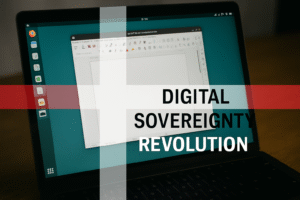
Denmark’s Digital Sovereignty Revolution: Linux and LibreOffice Lead the Way
Introduction to Denmark’s Bold Move In June 2025, Denmark’s Ministry of Digital Affairs made headlines by embracing digital sovereignty, ditching Microsoft Windows and Office 365

🏏Sports as a Business Strategy: Insights from Vijay Mallya’s RCB Ownership
🧠 Sports as a Business Strategy (Tool) In modern business, few platforms offer better engagement and emotional connection than sports. From football clubs in Europe
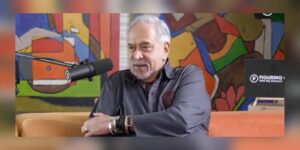
🙏 Apologies in Leadership: Vijay Mallya Public Apology
🧠 Introduction: The Role of Apologies in Leadership In the corporate world, apologies aren’t signs of weakness—they’re strategic acts of leadership. When made with sincerity

Audiobook Production Costs: Navigating Recording Artists, Studio Expenses, and AI’s Impact
The audiobook industry is booming, with over 130 million listeners in the U.S. alone in 2021 and a growing global appetite for audio content. Producing
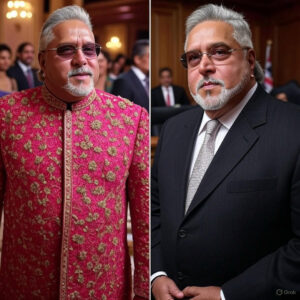
Media Trial of Vijay Mallya: How Public Perception Shaped Vijay Mallya’s Legacy
Introduction: Media’s Influence on Business Narratives In today’s hyper-connected world, media narratives can make or break a business reputation. For Vijay Mallya, once known as
